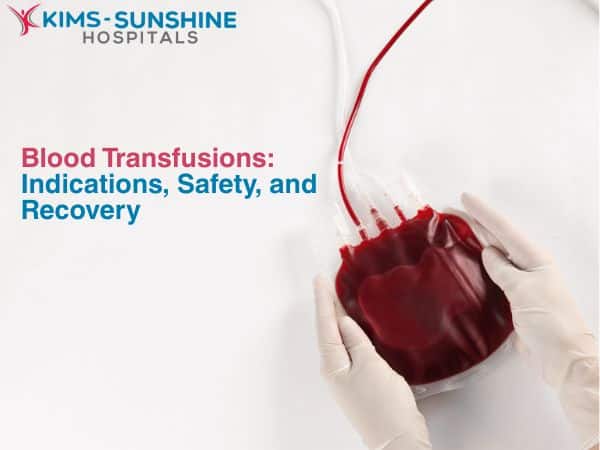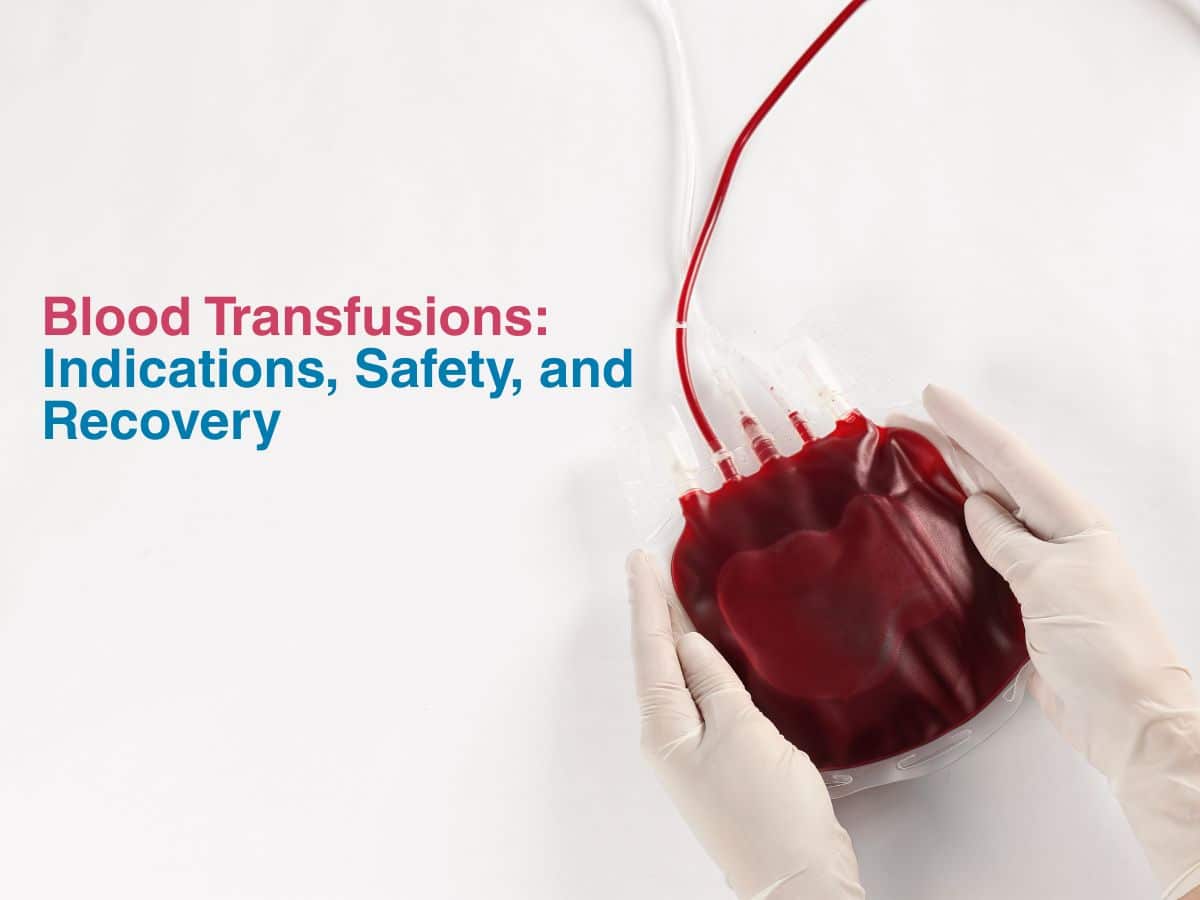
Blood Transfusions: Indications, Safety, and Recovery
 Blood transfusions can save your life if done in a timely manner, especially after a long surgery where you have lost a lot of blood, or after a traumatic injury and where blood loss was high. Blood transfusions are done for other purposes too, but these are the most well known ones. Blood that is transfused is typically rigorously tested for various parameters, before it is bagged and taken for use. Blood transfusions are done at hospitals or in blood banks.
Blood transfusions can save your life if done in a timely manner, especially after a long surgery where you have lost a lot of blood, or after a traumatic injury and where blood loss was high. Blood transfusions are done for other purposes too, but these are the most well known ones. Blood that is transfused is typically rigorously tested for various parameters, before it is bagged and taken for use. Blood transfusions are done at hospitals or in blood banks.
When Is A Blood Transfusion Needed?
A blood transfusion becomes necessary when you have anaemia, cancers, are hemophilic or have sickle cell disease, have had an injury where you lost a lot of blood or if you lost blood during a surgical procedure, respectively. Whole blood can be transfused, as can the individual components like platelets, plasma, red blood cells and cryoprecipitate.
Blood Transfusion Procedure And Safety-
Blood banks or hospitals make sure to provide only blood that is compatible to your blood type. The blood bag is connected to an intravenous line, which is then inserted into your vein, with the help of a needle. In this way, you can get blood transfused into your veins. Before getting it done, your vitals and blood pressure will be closely monitored before, during and after transfusion by a nurse. Transfusions can take about an hour or even 3 at times, depending on how much blood you need.
Risks And Benefits Of Blood Transfusion-
Blood banks and hospitals use detailed questionnaires to get the information they need, before blood is taken from a donor. Then, the blood is tested for the presence or absence of the Rh factor, checked for presence of infectious disease pathogens or viruses and that it is free of any other contamination. It is extremely rare to get an infection like HIV or Hepatitis due to a botched up blood transfusion. Some people may have to deal with itching, rashes, a fever or an allergic reaction due to the immune system reacting to the foreign proteins found in the transfused blood.
Side Effects After Blood Transfusion-
Apart from itching and rashes, some people may feel breathlessness, cold skin, chills, have rapid heart rate, headaches, may feel nauseous or dizzy or have severe back pain- but again, these occur very rarely and you will most likely be able to catch this right in the hospital within a few minutes of getting transfused.
Conclusion
For some people, blood transfusions may not be preferable as it may go against their beliefs, but transfusions can be necessary at times. Taking medication for increased blood cell production also may not work as it may take time and if you have already lost a lot of blood, then you definitely don’t have time on your side. Components of the blood may also be given in some cases- like platelets when you have very low platelet counts due to dengue or some other medical condition. Your doctor will decide if whole blood or just its components are sufficient to help you. Before getting transfused, you will need to sign a consent form, so go through it carefully and talk to your doctor or the nurse if you have any questions.






